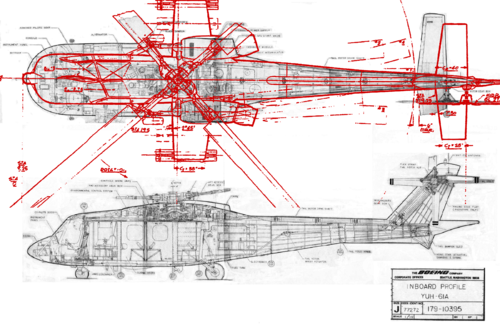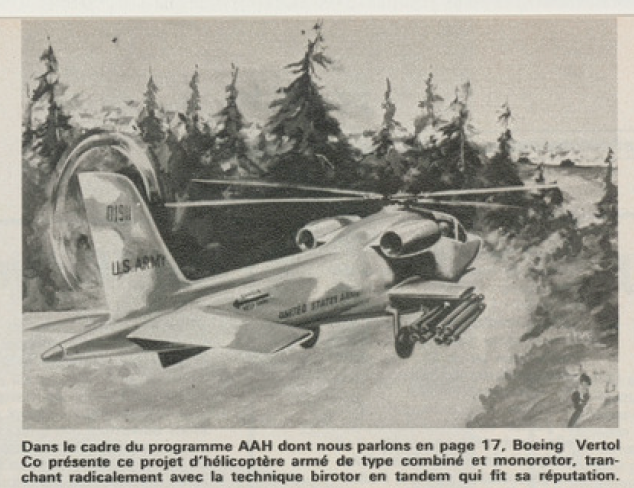It was a way of making side-by-side seating work better for pilot visibility, but as iverson suggests, this was most likely because they wanted to reuse YUH-61 elements rather than because it was the best solution.
I doubt that commonality with the YUH-61 was a major driver of the side-by-side layout:
- the expensive part of a helicopter that is carried over between designs is the rotor/engine/transmission system. The fuselage configuration is a lesser part of the cost and engineering effort.
- the differing demands of an attack helicopter with a large gun and sensor package mounted on the nose vs a utility transport with a substantial cabin would, I think, severely limit fuselage commonality forward of the tail boom.
- without knowing the details of the competition, contractors that are downselected to the prototype stage are usually generously rewarded if they lose the competition, otherwise it would be a fool's game. Often their participation in prototyping is more profitable than that of the winning competitor, who gets the bigger but longer-term prize of a production contract. So Boeing's investment in the YUH-61 had probably already paid off so that there was nothing to recoup.
- AAH was a major weapon system program with a long time horizon, without the severe time or cost pressures that force designers to adopt hardware from existing designs. Boeing would have been very foolish to compromise their entry with features that were anything but what they perceived to be "the best solution".


